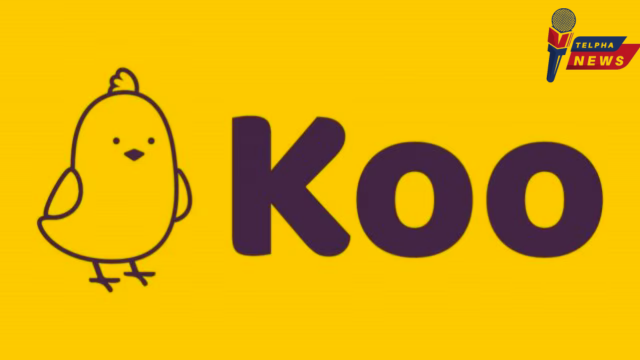In the fast-paced world of social media, platforms rise and fall with astonishing speed. One such story is that of Koo, the Indian microblogging platform designed to rival Twitter, now known as X. After a promising start, Koo is shutting down. Let’s explore why this ambitious project failed to sustain its momentum.

A Promising Start
Koo launched with the hope of becoming a homegrown alternative to Twitter, especially during a period of tension between the Indian government and Twitter over content removal. In 2021, several Indian government officials and departments flocked to Koo, boosting its visibility and user base. The platform gained additional traction when it expanded to Brazil, logging over 1 million downloads within 48 hours of launch.
Unique Features and Innovations
Koo offered a user experience similar to Twitter, allowing posts to be categorized with hashtags and tagging other users. However, it also brought unique features to the table, such as “Talk to Type,” which allowed users to dictate their posts. Additionally, Koo supported multiple Indian languages, including Hindi, Telugu, Tamil, Bengali, Gujarati, Marathi, Assamese, and Punjabi, making it more accessible to a broader demographic.
High-Profile Endorsements
Several prominent personalities in India, such as Piyush Goyal, Ravi Shankar Prasad, Amish Tripathi, Anil Kumble, and Javagal Srinath, were among the early adopters of Koo. The platform also garnered attention from Brazilian celebrities like Babu Santana, Claudia Leitte, and Rosana Hermann, further expanding its appeal.
Strategic Partnerships and Government Collaborations
In 2022, Koo signed a Memorandum of Understanding with the Micro, Small and Medium Enterprises and Export Promotion Department of the Government of Uttar Pradesh to promote the “One District, One Product” initiative. The platform was also involved in several other projects with the Indian government, aligning itself closely with national interests and policies.
Financial Backing and Challenges
Koo secured $60 million in funding from prominent investors like Tiger Global and Accel, following its win in the Atmanirbhar App Innovation Challenge, part of the Indian government’s “Make in India” initiative. However, despite these financial infusions and initial success, Koo faced significant challenges. In April 2023, the company had to lay off 30% of its workforce, roughly 300 employees, due to increasing losses, declining active users, and weak global sentiment.
The Final Struggle
The recent announcement by Koo’s co-founder Mayank Bidawatka on LinkedIn revealed that the company was exploring partnerships with larger internet companies, conglomerates, and media houses. However, these talks did not yield the desired outcomes, and some potential partners changed priorities close to signing deals. A report by The Morning Context highlighted that a crucial deal between Koo and DailyHunt fell through, marking a significant setback.
Despite its initial success and innovative features, Koo struggled to maintain traction in the competitive social media landscape, especially in its home market of India. The platform’s inability to secure strategic partnerships and sustain user engagement ultimately led to its downfall.
Conclusion
Koo’s journey is a testament to the volatile nature of the social media industry. While it had the backing of significant investors and government support, these factors alone were not enough to ensure long-term success. The rise and fall of Koo underscore the importance of consistent user engagement, strategic partnerships, and the ability to adapt in an ever-evolving digital landscape.
As Koo shuts down, it leaves behind valuable lessons for future social media ventures aiming to carve out a niche in a highly competitive market.